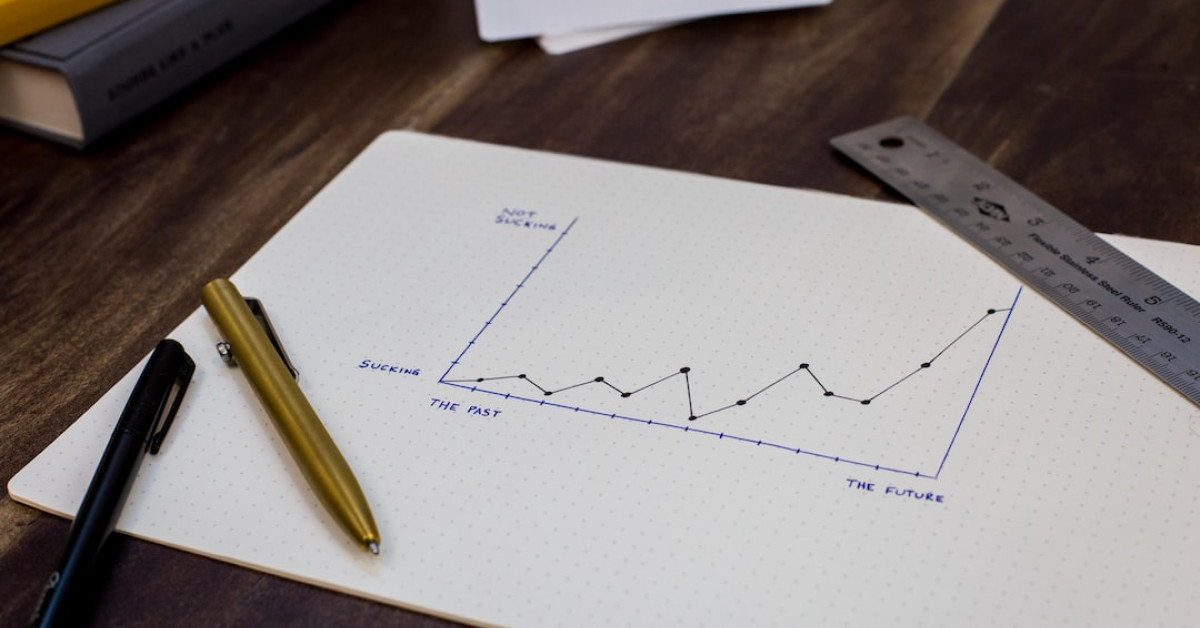Graphing is an essential tool in many fields, from economics to engineering, and understanding how to interpret and manipulate data visually is a pivotal skill. In this context, the linearization of graphs stands out as an advanced technique used to simplify the complex relationships between variables, making patterns more noticeable and data more comprehensible. Whether you’re a student grappling with physics problems or a researcher analyzing nonlinear trends, learning to linearize a graph can be a breakthrough in your data analysis arsenal.
In this comprehensive guide, we’ll delve into the intricacies of graph linearization. We’ll explore what linearization means, why it’s crucial, and the step-by-step process of transforming curved plots into straight lines. By engaging with this resource, you’ll be equipped with the essential knowledge to harness linearization techniques and elevate your data interpretation skills to new heights.
Understanding Linearization: The Gateway to Enhanced Graph Analysis
Linearization is a mathematical transformation used to convert a nonlinear relationship into a linear one. This alteration is not merely for aesthetic purposes—it is a pragmatic approach to simplifying data analysis. Linear association implies a constant rate of change, making it much easier to identify correlations, trends, solving and graphing inequalities worksheet confidently make predictions.
Why Linearize Your Graphs?
Before diving into the “how,” let’s establish the “why.” Linearizing your graphs can have several benefits which include:
- Simplifying Analysis: It’s easier to understand and communicate linear relationships.
- Facilitating Predictions: Linear equations allow for straightforward extrapolation.
- Identifying Patterns: Trends that might be hidden in a nonlinear graph become obvious when linearized.
- Statistical Modeling: Linear relationships are foundational for many statistical models.
Understanding why linearization is advantageous is the first step in appreciating the transformative effect it can have on your normal distribution graph generatoring skills.
The Linearization Process: A Step-by-Step Guide
Linearizing a graph can sometimes feel like a daunting task, but breaking it down into concrete steps lets you tackle it systematically. Below, we provide a detailed breakdown properties of odd cycles how to linearize a graph effectively.
Recognize the Nonlinear Relationship
Identifying the type of nonlinear relationship at play is crucial. Common types of relationships include exponential, logarithmic, and power laws. Look at your InDesign graph tutorials, and notice patterns in the data:
- Exponential growth might resemble a rapidly increasing curve.
- Logarithmic trends usually start steep and level off.
- Power laws often manifest as curves that increase or decrease at a changing rate.
Understanding the nature of the curve aids in choosing the appropriate linear inequalities worksheetization method.
Selecting the Correct Form of Linearization
Each type of nonlinear relationship has a counterpart linear form that can be utilized to straighten the curve:
- Exponential relationships can be linearized by taking the natural logarithm of the y-values.
- Logarithmic relationships can be linearized by taking the exponential of both sides of the equation.
- Power relationships can be linearized by taking the log of both x and y-values.
Step-by-Step Linearization
To elucidate the process, let’s focus on an exponential relationship as our example:
- Plot Your Original Data: Start by creating a graph of your original dataset.
- Transform Your Data: Apply the natural log to the y-values of your dataset.
- Re-plot the Transformed Data: With your transformed y-values, plot the new graph.
- Draw the Best Fit Line: Once your points resemble a straight line, draw the line that best fits the data.
- Calculate the Linear Equation: Use your best fit line to determine the linear equation.
- Interpret Your Results: Translate the findings from your linear graph back into the context of your original dataset.
Following these steps, you’ll convert a complex exponential graph into a comprehensible linear one.
The Power of Logarithmic Transformation
Logarithmic transformation is a potent tool for linearization when dealing with exponential growth or decay. When you apply the natural logarithm (ln) to the y-values of your data, the result is often a linear graph that lends itself to easier interpretation and analysis.
Applying Logarithmic Transformation
- Identify the Base: Understand the base of your exponential equation, commonly ‘e’ in natural logs.
- Transform the Data: Take the ln of your y-values, and re-plot them against the original x-values.
- Analyze the Outcome: A straight line indicates successful linearization.
Visualizing Linearization with a Comparison Chart
Illustrating the before and after of linearization can be greatly aided by comparison charts. Here’s an example of how data points may look before and after the process:
| Data Point | Original y-value | Transformed y-value (ln) |
|---|---|---|
| 1 | 2.718 | 1 |
| 2 | 7.389 | 2 |
| 3 | 20.086 | 3 |
This table shows how the nonlinear exponential values become linear when the natural logarithm is applied.
Tips for Graph Linearization
- Accuracy is Key: Ensure your data is accurate before attempting linearization.
- Software Tools: Utilize graphing calculators or software like Excel for the transformation process.
- Check Your Work: Revisit the original context to make sure the linearization is sensible.
Common Challenges and Solutions in Graph Linearization
Linearization isn’t always straightforward. You might encounter issues such as scatter in data points or difficulty in finding the best fit line. To overcome these challenges:
- Use Statistical Tools: Leverage regression analysis to find the best fit line accurately.
- Refine Data Collection: Improved data collection methods reduce scatter and lead to better linearization.
Advanced Linearization Techniques
When dealing with more complex datasets, advanced techniques such as polynomial fitting or spline methods may be required to achieve the best linearization results. Exploring these methods can significantly enhance the robustness of your analyses.
Conclusion: Unlocking the Potential of Your Data with Linearization
Linearization is a transformative tool in graph analysis, and mastering it can provide unparalleled insights into your data, allowing you to make predictions, identify trends, and cut through the noise of complex datasets. By following the steps and insights shared in this guide, you are now ready to streamline your data and harness the clarity that comes with a well-linearized graph. Use these skills to not only understand your current datasets but also to equip yourself for future analytical challenges.










